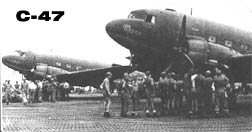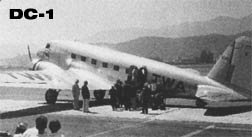 |
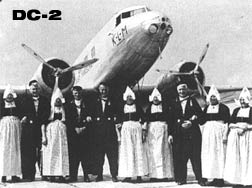 |
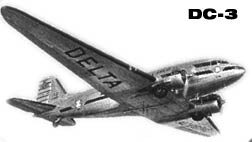 |
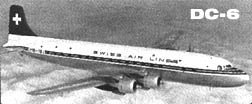 |
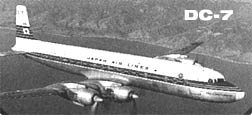 |
|
|
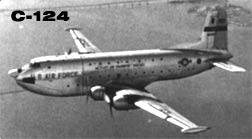 |
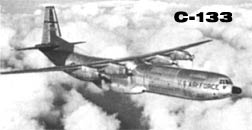 |
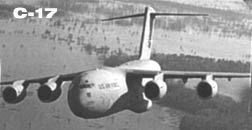 |
The history of Douglas Aircraft Company is best known for its Commercial aircraft; i.e. DC-1,2 and 3 etc., all designed and built in Santa Monica, California.
Donald Douglas began his work in a little shop in Hollywood, but as his business grew, he moved his facility to the Santa Monica Municipal Airport. His known work at the beginning was the World Cruiser aircraft which the military used to circle the globe in the late twenties.
The legendary story of the development of the DC-3 program, which is well documented, helped make the Commercial Aviation industry profitable during the difficult years of the depression Thirties. The U.S. military derivative of the DC-3 and the C-47 so well served the military during World War II, that over 10,000 were built. After the war, many went into service as commercial airliners. In fact, many of the second level carriers began operation with DC-3s/C-47s. The major carriers - American, United, etc. moved into DC-4s,6s and the last of the propellor derivatives the DC-7, prior to the jet age.
The second level carriers or local carriers, as they were called, were; i.e., Bonanza in Phoenix, Arizona; West Coast in Seattle, Washington; North Central in Minneapolis, Minnesota; and Frontier in Denver, Colorado. These were a sampling that covered the country and served the smaller communities in America.
Douglas reluctantly began development of their Commercial Jet during the early 1950's. Reluctantly, because the sales of Propellor Powered aircraft (the DC-7) were so successful that the Jet would only stymie their sales. The spark was the Commercial Jet development program at Boeing and the redevelopment program of the Comet, the worlds first Commercial Jet. This aircraft met disaster with unknown metal fatigue with two fatal accidents caused by designs based on the untried commercial jet aircraft environment. Even with the go-ahead on the program, Douglas would be a year behind Boeing in delivery of their first aircraft to a carrier. So, during the later part of the Fifties, the Commercial Aircraft Division was developing the DC-8.
Beyond the Commercial programs, Douglas was producing and manufacturing Military aircraft and Experimental aircraft at other divisions. Many of these aircraft served valiantly in World War II, the Korean conflict and into Vietnam. The naval aircraft were developed at the El Segundo facility in California.
In 1940, as the threat of World War II was nearing, a plant for the Air Force was built in Long Beach, California. It was built as a bomb shelter with no windows and thick walls to prevent a bomb from penetrating the building. It was the most heavily camouflaged facility in the area. As a kid, it was fun to drive under the netting on Lakewood Boulevard on the way to the beach.
In the 50's, the Long Beach facility was developing a cargo aircraft to replace the venerable C-124 Cargomaster, famous for its clam shaped doors in the front of the aircraft. The C-124 was the mainstay of the Air Force cargo aircraft through this period. The C-133 was to be a replacement for this aircraft and was well into development in the early 50's. The C-133 was powered by turbo-prop engines, and there was a question if this was the correct direction or going straight to jets was the answer. This same question was being asked of the Commercial aircraft programs. There were only fifty C-133 aircraft built, so the answer to the question was jet aircraft. One of the reasons this aircraft had a short-lived production span, was that a proper engine for the aircraft was never developed and the engine used was of insufficient power. By the early 60's, the program came to an end. This also ended Douglas Aircrafts participation in Military Cargo aircraft development until the 1980's.
The dawn of the Commercial Jet Age came into view. The aircraft would be entering airline service with the Boeing 707 in 1959 and the Douglas DC-8 in 1960. In 1959, we stood in the parking lot of the Long Beach facility that Memorial Day weekend watching the first flight of the DC-8. It brought a sense of excitement as Douglas entered the Jet Age second, but they were "IN IT." At that time, I did not know that it meant more to my future than anticipated.
